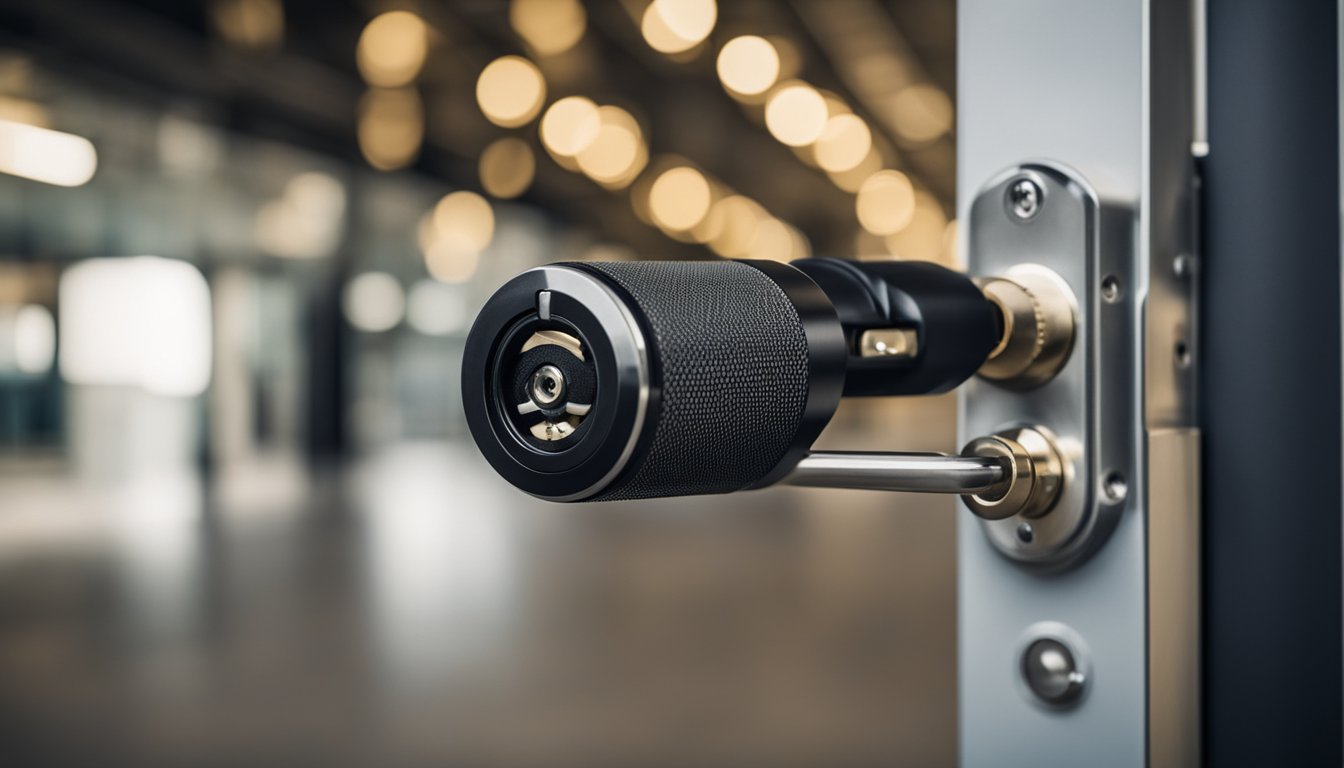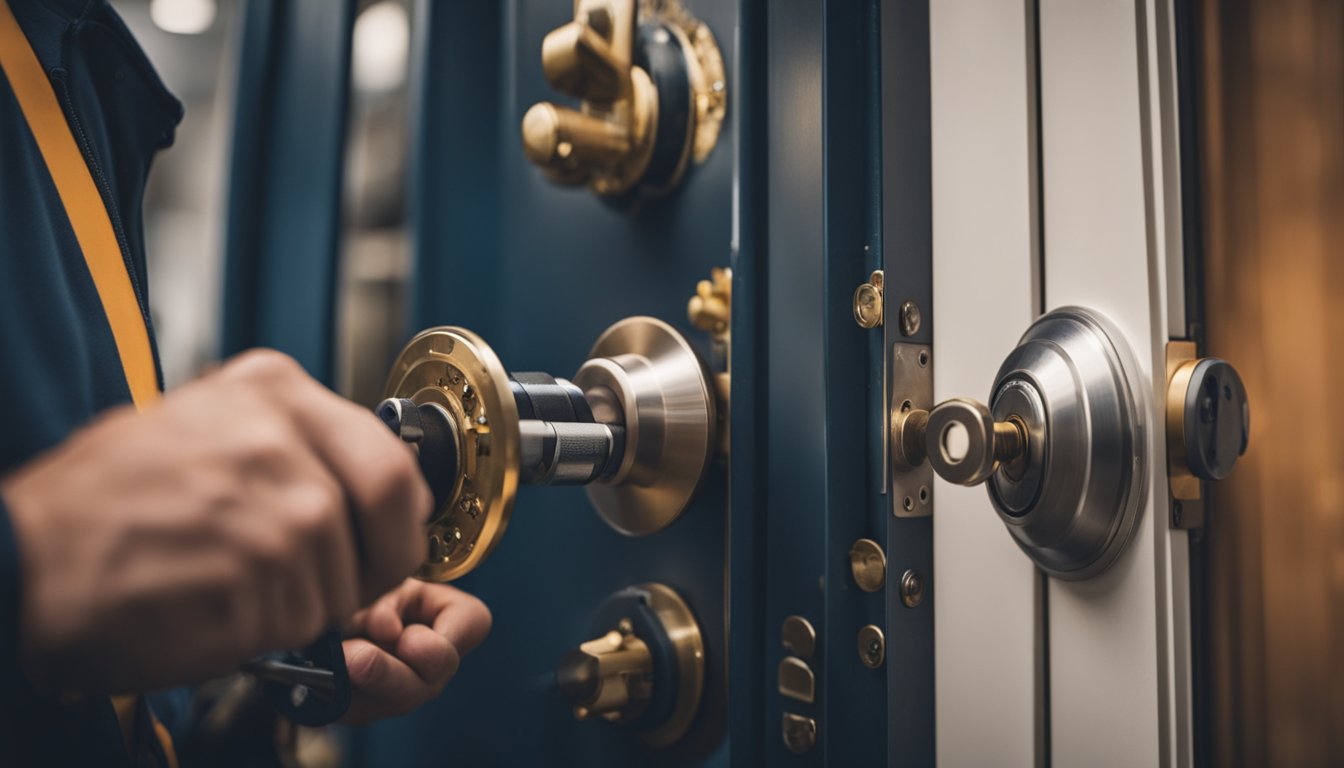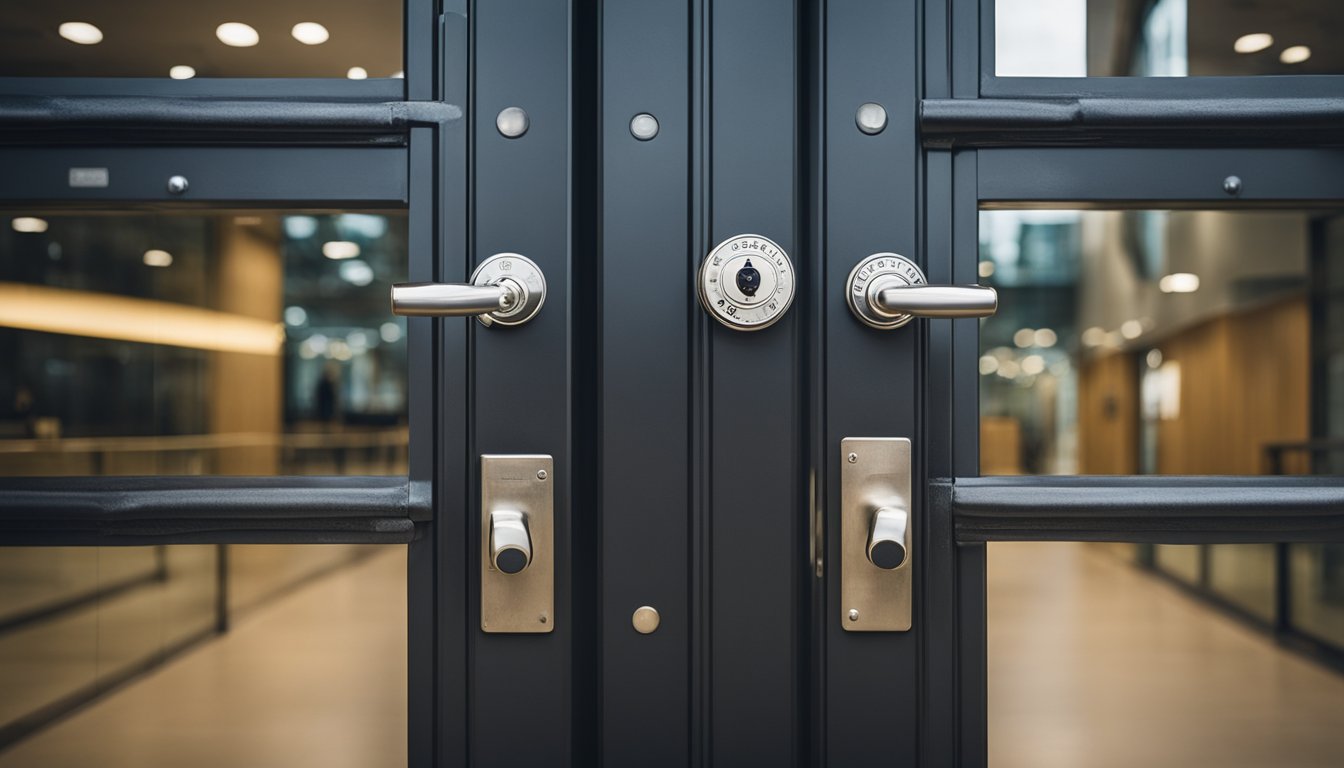Late updated: 10 Aug 2024 10:08
Written by: Elena Prescott
Effective Tips For Preventing Lock Drilling: Expert Strategies for Home Security
In a world where security is paramount, it's vital to protect our property from various threats, including lock drilling. We often take locks for granted, assuming they are impenetrable, but many common locks can be compromised by skilled intruders. By understanding the vulnerabilities in lock mechanisms, we can take proactive steps to enhance our safety.

One effective tip for preventing lock drilling is to invest in high-quality, drill-resistant locks. These locks often feature hardened steel inserts, which make it significantly more challenging for a drill to penetrate. Additionally, it's essential to install security measures such as protective hardware and security plates that further reinforce the lock's integrity against drilling attempts.
While no security measure is foolproof, combining several strategies can create a robust barrier against intrusion. Regularly maintaining and updating our lock systems ensures that we stay one step ahead of potential threats. By prioritising lock security, we not only protect our belongings but also our peace of mind.
Key Takeaways
- Invest in drill-resistant locks with hardened steel inserts
- Use protective hardware and security plates to reinforce locks
- Regularly maintain and update lock systems for enhanced security
Understanding Lock Drilling and Its Prevention

To effectively prevent lock drilling, it is crucial to understand the structure of locks, types of drills used, and anti-drill lock features. This knowledge will help mitigate the risk of lock tampering.
Anatomy of a Lock
Locks are intricate devices designed to secure doors, safes, and other enclosures. The most common type is the pin tumbler lock. It comprises a series of pins and cylinders arranged to align only when the correct key is inserted.
In a pin tumbler lock, the lock cylinder contains the pins. These pins must align perfectly with the cylinder's shear line to allow rotation. Each pin stack includes a top pin, bottom pin, and a spring.
Mortise locks have a more complex design but also rely on similar mechanics. Understanding this anatomy helps us identify weak points and reinforces the need for robust anti-drill features.
Types of Drills and Drill Bits
Drilling out a lock typically involves using specific types of drills and drill bits. High-speed steel (HSS) and cobalt bits are popular for their hardness and durability. Tungsten carbide-tipped bits are also common, as they can cut through tough materials like hardened steel.
Successful lock drilling necessitates choosing the appropriate drill bit size. Smaller bits might be used for precision, while larger ones can remove more material but risk more damage. Awareness of the right tools informs our strategy for lock protection.
Anti-Drill Lock Features
Many advanced locks incorporate anti-drill features to thwart tampering. Hardened steel plates within the lock cylinder can resist the most common drill bits. These plates are strategically placed to protect critical parts of the locking mechanism.
Keyed locks often include anti-drill pins made from hardened steel. These pins are designed to spin freely when a drill bit makes contact, preventing drilling. Some cylinder locks feature rotating disks or ball bearings within the lock cylinder to further obstruct drilling efforts.
These features enhance the resilience of locks against drilling attempts, aiding in the security of the premises. Recognising and utilising anti-drill lock features can significantly improve our preventive measures.
Practical Steps to Secure Locks
Securing locks effectively involves selecting the appropriate type, ensuring proper installation and maintenance, understanding techniques to prevent drilling, and knowing how to handle lockout situations efficiently.
Choosing the Right Lock
Selecting the right lock is fundamental to security. We recommend considering deadbolts, as they offer robust protection against forced entry. Mortise locks are another excellent choice for high security due to their complex mechanism. For keyless solutions, biometric locks provide advanced security features.
The material and build quality of the lock also matter. High-quality Master Locks are known for their durability. Ensure the lock has anti-pick features like security pins to deter lock picking and bumping.
Installation and Maintenance Tips
Proper installation is crucial to the lock's effectiveness. Always use the necessary tools such as a screwdriver and follow the manufacturer's instructions closely. For deadbolts, ensure the latch extends deep into the door frame.
Regular maintenance includes applying a suitable lubricant like graphite powder to keep the lock mechanism smooth. Check for wear and tear periodically and replace parts if needed. Consistency in maintenance helps extend the lock's lifespan.
Using protective gear such as gloves can prevent injuries during installation. Always maintain steady pressure when tightening screws to avoid damaging the lock.
Professional and DIY Drilling Techniques
When dealing with drilling, whether for installing new locks or removing old ones, the right drill bit is essential. Use a high-speed steel bit for metal doors and a carbide bit for harder materials.
We recommend wearing safety gear like goggles and gloves.
If you prefer DIY, keep the drill steady and apply consistent pressure. For those not comfortable with drilling, hiring a professional locksmith ensures the job is done securely and correctly.
In some cases, locksmiths might be the only viable option, especially for complex installations or high-security locks.
Responding to Lockout Situations
Lockout situations can be distressing. If you find yourself locked out, first try using a bump key if you have one. Exercise caution, as improper use can damage the lock.
If that fails, contacting a professional locksmith is a reliable option. They have the tools and expertise to unlock doors without causing damage. Keep the contact information of trusted locksmith services handy.
In emergencies, replacing the lock might be necessary. Ensure you have a replacement lock that fits your door and meets your security needs. Preparing for such situations can save time and stress.
Frequently Asked Questions

We address vital aspects for preventing lock drilling, including safety measures, lock reinforcement, drill bit handling, and ways to avert drilling disruptions.
What safety measures should be adopted to avoid hazards while using a drilling machine?
Always wear protective gear, including safety goggles, gloves, and a face mask, to shield against debris and dust. Ensure your work area is well-ventilated and clear of unnecessary items to prevent accidents. Regularly check and maintain your tools to ensure they are in proper working condition.
How can one avert the lock from being compromised by drilling?
Install high-security locks that are resistant to drilling, such as those with hardened steel inserts or anti-drill pins. Additionally, use protective hardware like cylinder guards or reinforced strike plates. These measures make it significantly more challenging for unauthorised individuals to drill through the lock.
What are the reasons behind drill bits breaking and how can it be prevented?
Drill bits often break due to excessive force, incorrect speeds, or inadequate lubrication. To prevent this, apply consistent, moderate pressure and use the appropriate drill speed for the material. Lubricating the drill bit reduces friction and overheating, extending the bit's lifespan.
What steps are essential to stop jamming during deep hole drilling operations?
To avoid jamming, intermittently retract the drill bit to clear away accumulated debris. Ensure the drill bit is sharp and suitable for the material being drilled. Lubrication is critical, so apply it generously to reduce friction and ease the bit's progress.
In what ways can locking mechanisms be safeguarded against unauthorised drilling attempts?
Use locks equipped with anti-drill deadbolts and security cylinders designed to fend off various attack methods, including drilling. Attach security enhancements such as lock plates and reinforcers to deter tampering. Implementing these measures significantly enhances the lock's resilience against drilling.
What are proven strategies to prevent seizing during the drilling process?
Use a high-quality cutting fluid or lubricant to reduce friction and heat, preventing the drill bit from seizing. Gradually increase the drill's speed as you progress, and avoid stopping and starting abruptly during the operation. Regular checks ensure the drill bit stays sharp and functional.
